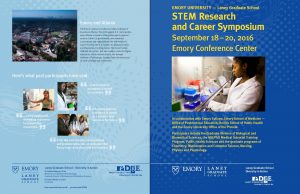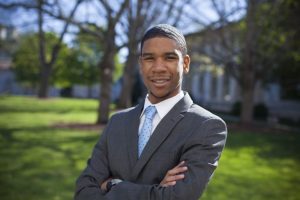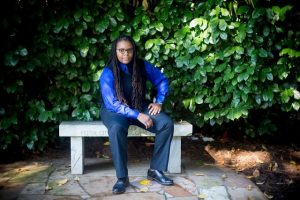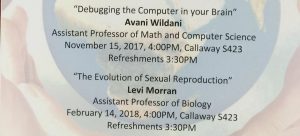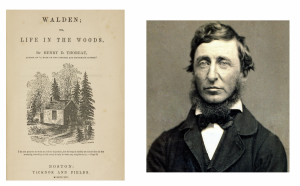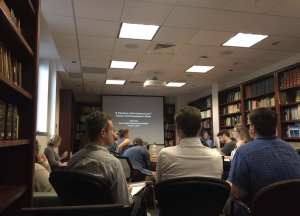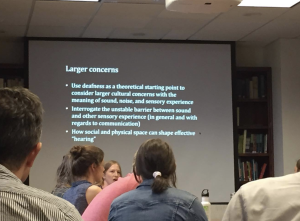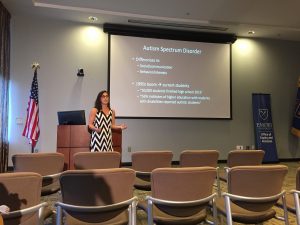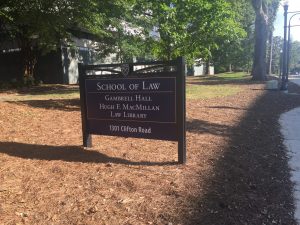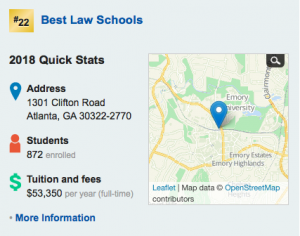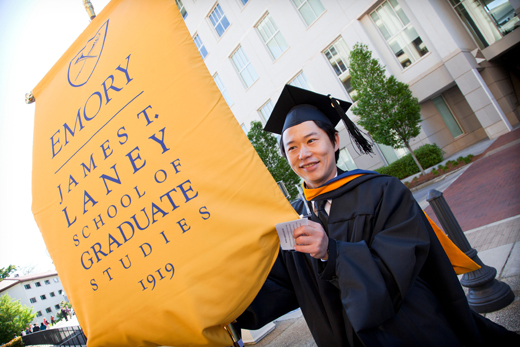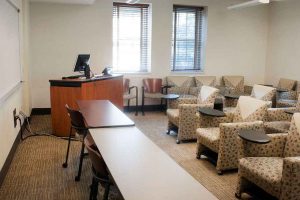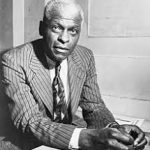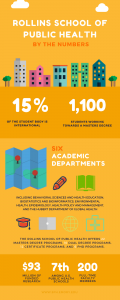At Emory, it seems like most students are on the typical pre-business or pre-med routes, limiting their appreciation of other esteemed graduate schools. (If you would like to learn more about the Goizueta Business School experience, please check out our previous blog post). When we signed up for our final post, we chose Candler simply because it was the last remaining graduate school yet to be covered. However, upon further research, we realized that this often overlooked school is actually a notable institution of its kind.
Candler is a rather small school that goes unnoticed alongside the Psychology and Chemistry buildings. Though it does not look like much from the outside, Candler is actually a place full of history, resources, and opportunities.
To our surprise, Candler was Emory’s first graduate school program. Its esteemed alumni include James Armstrong, America’s youngest Methodist bishop, and Martin Luther King Junior’s daughter, Bernice King, who received her ministry from Candler. Reading this alone made us rethink our initial assumptions of the school. Our appreciation continued to grow as we learned of Candler’s impressive progressiveness. In 1935, Emory’s School of Theology expanded its admits to include non-Methodist students, and in 1997, Emory opened its chapels to same-sex commitment ceremonies. Intrigued, we continued to delve into how Candler provides for its students today.
Candler grants its students an exceptional education. It is not uncommon for its inspiring classes and award-winning teachers to receive standing ovations from engaged students. Furthermore, because of its home at Emory, Candler students have the freedom to explore other departments, even majoring in Bioethics, Business, Development Practice, Law, Public Health, Social Work, along with theology. With easy access to Pitts Library, home of over 620,000 volumes and approachable librarians, students can conveniently obtain support in their studies. Clearly, Candler accommodates for its students’ love and passion for learning. This initiative pays off, with 70% of alumni serving as church pastors.
In addition to its academic resources, Candler provides outlets for students who want to engage in opportunities outside of the classroom. There are 15 official student organizations, including the Office of Student Programming, a team of united staff and students who plan Candler events. Additionally, all members of the Candler community are welcome to services, held weekly at the Cannon Chapel on Tuesdays and Thursdays. This is more than an educational community, it is a spiritual one.
Despite our initial lack of knowledge about Candler, over the course of our research and firsthand exploration, we quickly learned that the school is one to be reckoned with. To bring this deserving energy to Candler, we decided to rap up our blog posts in the only way we deemed appropriate – to parody your favorite song and mine, “In My White Tee” by Dem Franchize Boyz. Prepare yourselves.
https://www.youtube.com/watch?v=n9E6gJbDX_4
[Hook]
I go to Emory, here at Theology
Trying to earn one of the 16 degrees
Pray with community, home of Pitts Library
A seven to one student to faculty
First grad school at Emory, OG in Tennessee
Moved to ATL ‘cause Cola Company
Now OG’s named Vandy, but Candler sticks with me
In ‘35, non-Methodists included in theology
[Verse 1]
Step on the scene opportunities are obscene
Student programming ‘bout to convene
We all have integrity, we all work
Amount of diversity is berserk
ATL is right by me, no place I’d rather be
Special interest programs – there is one for you and me
Scholarships lower the fee, 88% near free
Rhyming is so hard, hope we are staying on the key
Cannon Chapel nearby hosts events so lively
I go here for Mass and worship so mightily
Jan Love is queen bee, she’s Dean with high authority
Baptist, Episcopal, Methodist choice of study
Take any class at the university
To apply you need transcript but no GRE
Academic ability, textual literacy
Required for admission at Candler Theology
[Hook]
I go to Emory, here at Theology
Trying to earn one of the 16 degrees
Pray with community, home of Pitts Library
A seven to one student to faculty
[Verse 2]
Well I hit class on a learning spree, fifty-two to teach me
Esteemed professors ‘cause they shine so brightly
Classroom learning, critical reflection, hands-on ministry
The most influential religious leader in the country
James Armstrong went to Candler, now acclaimed critically
MLK’s daughter also in student body
Offers many programs for international study
Class so good, don’t be absentee
Not uncommon to get standing O’s – they’re a hit
Unlike Sandro’s mad fits
Everyone at Candler, ‘cause they simply love it
Has some grad school festivities
Thanksgiving dinner and awesome end of year party
Candler chronicle highlights this glee
Candler prepares real people like you and me
To make a real difference, you see
In the real world, motto of theology
[Hook]
We go to Emory, here at Theology
Trying to earn one of the 16 degrees
Pray with community, home of Pitts Library
A seven to one student to faculty
[Outro]
In our white tees, we out!
“Emory University | Atlanta, GA.” Candler School of Theology, 3 Nov. 2017, candler.emory.edu/index.html.
Dem Franchize Boyz. In My White Tee, 2003.


